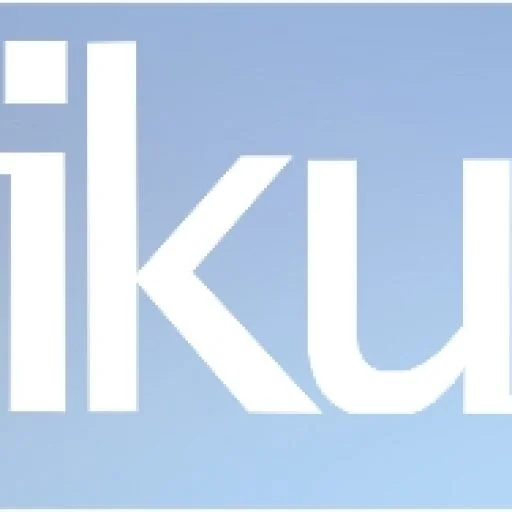 Avrupa Komisyonu, İyi Üretim Uygulamaları Rehberini revize etti (İng)
Avrupa Komisyonu, İyi Üretim Uygulamaları Rehberini revize etti (İng)
EC Releases New Good Manufacturing Practices Guidelines
The European Commission (EC) has launched a public consultation on four revised chapters of its good manufacturing practice guidelines. According to EC Number of changes were necessary to reflect best practices and the latest thinking. Following chapters have been revised:
Chapter 3 : Premises and Equipment
This chapter details ways in which companies should reduce the potential for cross-contamination in facilities that manufacture multiple product lines. The only change is to section 6 as part of the improved guidance on prevention of cross-contamination involving also Chapter 5 and includes reference to new complementary toxicological assessment guidance.
Cross- contamination should be avoided for all products by appropriate design and operation of manufacturing facilities. The measures to prevent cross-contamination should be commensurate with the risks. Quality Risk Management principles should be used to assess and control the risks. Risk assessment should include among other parameters a toxicological evaluation of the products being manufactured. Guideline on setting health based exposure limits for use in risk identification in the manufacture of different medicinal products in shared facilities is required to be used in conjunction with this chapter to arrive at limits.
Some facilities may not be permitted to manufacture multiple product lines. Those include cases when cross-contamination cannot be adequately controlled by operational or technical measures, when or if scientific data does not support threshold values, or if threshold values are too difficult to detect.
Chapter 5 : Production
This chapter extends the logic of chapter 3, and both chapter 3 and 5 should be read in conjunction with a draft European Medicines Agency (EMA) guideline on exposure limits in manufacturing facilities.
Changes have been made to sections 17 to 20 to improve the guidance on prevention of cross-contamination and to refer to toxicological assessment guidance. Changes were also introduced in sections 26 to 28 on the qualification of suppliers in order to reflect the legal obligation of manufacturing authorisation holders to ensure that active substances are produced in accordance with GMP. The supporting evidence for each supplier/material approval should be maintained. Staff involved in these activities should have a current knowledge of the suppliers, the supply chain and the associated risks involved. Where possible, starting materials should be purchased directly from the manufacturer of the starting material. This logic applies not just to active pharmaceutical ingredients (APIs), but also to excipients which could pose a particular risk to the quality of the medicinal product, the chapter explains. The changes include supply chain traceability. Section (33) is inserted to clarify and harmonise expectations of manufacturers regarding the testing of starting materials while section (68) introduces guidance on notification of restrictions in supply. All starting materials used in the production of medicines should be tested, as should the finished product.
Chapter 6: Quality Control
This chapter has been modified to include a new section on Technical transfer of testing methods and other items such as out of specification results. Requirements for transfer like verification that the test method(s) comply with those as described in the Marketing Authorisation or the relevant technical dossier; Review of the original validation of the test method(s) to ensure compliance with current ICH/VICH requirements; Performance of a gap analysis and documentation to identify any supplementary validation that may be required prior to commencing the technical transfer process; Preparation of a transfer protocol with test methodology; and details required in the protocol are described.
Chapter 8 : Complaints , Quality Defects and Product Recalls
Changes have been made to reflect Quality Risk Management principles to be applied when investigating quality defects/complaints and when making decisions in relation to product recalls or other risk-mitigating actions; to emphasise the need for the cause(s) of quality defects/complaints to be investigated and determined, and that appropriate preventative actions are put in place to guard against a recurrence of the issue; and to clarify expectations and responsibilities in relation to the reporting of quality defects to the Supervisory Authority.
All chapters will go into effect on 17 June 2013.
